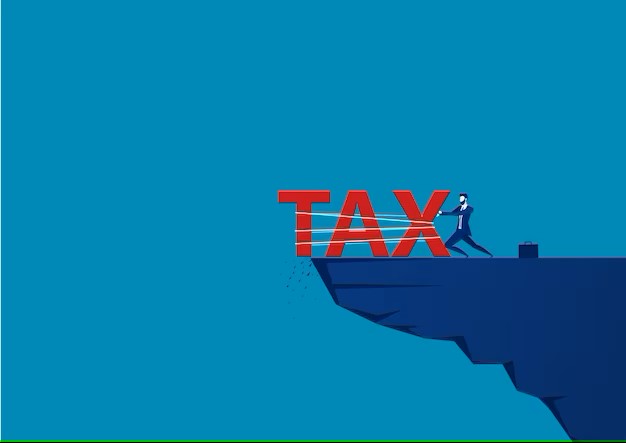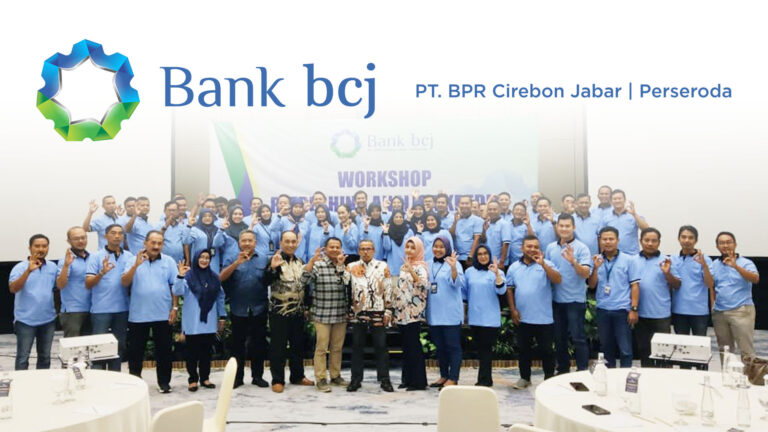JAKARTA – Profits are the lifeblood of businesses, and dividends serve as a vital means of sharing these earnings. This core function aligns with the objectives of investors when they commit their capital. However, what about the tax implications? According to Indonesian tax laws, all forms of income, including dividends, fall under the scope of income tax (PPh). Yet, dividends can be exempted from taxation if reinvested within Indonesia, aiming to facilitate business operations and stimulate investment. This regulatory framework is underpinned by Law No. 7/2021 on Tax Regulation Harmonization and Minister of Finance Regulation No. 18/2021.
Data from the Indonesia Stock Exchange (IDX) reveals that between 2018 and 2023, dividends amounting to approximately Rp1.186 trillion were distributed. The financial sector accounted for the largest share (40.7%), followed by consumer goods (18.65%), energy (13.65%), infrastructure (11.11%), and industry (6.16%). Notably, some companies have gone beyond and increased their dividend payouts by up to 300%, surpassing their actual profits.
Furthermore, data from the Deposit Insurance Corporation (LPS) indicates a surge in investment activities among households during the same period. This includes an increase in the number of investors participating in the capital market, higher investments in government securities, and significant growth in both nominal value and the number of accounts in commercial banking.
Several countries worldwide have implemented tax exemptions on dividends, each with distinct economic objectives. For example, South Korea aims to boost consumption (Lee et al., 2023), Sweden seeks to foster entrepreneurship and enhance investment allocation (Alstadsæter et al., 2017), while the United States focuses on providing short-term support for investment and capital formation (Yagan, 2015).
In the Indonesian context, it is crucial to evaluate whether tax-free dividends effectively stimulate investment, encourage dividend distribution to shareholders, and translate into tangible corporate investments. The prerequisites are clear: investments must be made within the specified timeframe and reported accordingly. These investments must also be channeled towards designated instruments outlined in the tax regulations.
Given the primary objective of stimulating investment, it is essential to conduct a thorough evaluation of the policy’s impact on actual investment allocations by companies. While the output may be evident in the extent to which dividend recipients invest their funds, the outcome necessitates careful examination to ensure these investments contribute to tangible, real-sector ventures. This is crucial for driving economic growth, job creation, and overall societal well-being. Therefore, tax-free dividends should be accompanied by complementary regulatory measures aimed at supporting small and medium enterprises and fostering capital market development. By doing so, these initiatives can effectively stimulate increased investment, leading to positive outcomes for the economy and society at large.









